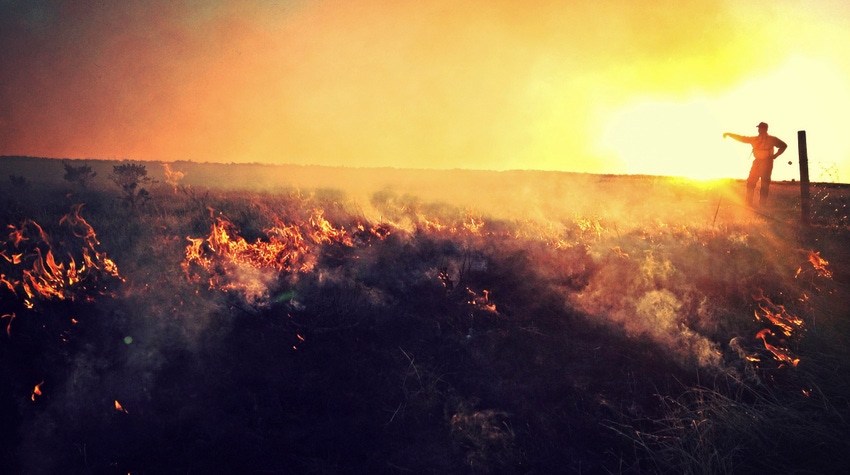
As nearly two-thirds of Montana is abnormally dry or worse, state officials are hoping for plentiful precipitation in May and June, typically the state's wettest months.
According to a drought outlook Gov. Greg Gianforte unveiled this week, 42% of Montana is classified as abnormally dry while 18% are in moderate to severe drought. Persistently dry conditions through the fall and much of the winter created the deficit, especially at middle and lower elevations.
“Following an unusually mild winter, the conditions we see for the next eight to ten weeks are going to be critical as we head into growing season in Montana,” Gianforte, a Republican, said in a statement. “I am tasking state agency directors to begin reviewing authorities and options to support our agricultural producers as some battle extreme drought conditions.”
The late spring and early summer may not provide much of a respite from the drought, however. Over the next three months, the federal Climate Prediction Center expects drier-than-normal conditions to remain in a swath from the Pacific Northwest to the Northern Rockies and down through the Western Plains to Texas, with extreme dry conditions creating a bullseye over Idaho and western Montana and Wyoming.
The U.S. Seasonal Drought Outlook forecasts drought persisting or developing in nearly the entire Western half of the U.S. through July 31.
Peaks below average
In Montana, mountain snowpack at high elevations has remained near or slightly below average in most basins, with the exception of southwest Montana, where the Upper Madison, Jefferson, and Ruby rivers are likely to see below-average flows this year, state officials said. Their report projects reservoir storage at state and federal projects to be near average.
If spring precipitation is below average, producers in eastern Montana may face challenges ensuring adequate water supply for livestock throughout the summer, officials said. Wildfire danger would also be elevated, said Amanda Kaster, director of the Montana Department of Natural Resources and Conservation.
“We’re keeping a close watch on fuel conditions throughout the state as we continue our preparations for the 2021 fire season,” she said.
Gianforte's office said it will closely monitor 12 eastern counties – Phillips, Daniels, Sheridan, Valley, Roosevelt, McCone, Wibaux, Prairie, Dawson, Richland, Fallon, and Carter – where drought conditions are most severe.
The Water Supply and Drought Outlook is an annual report compiled by water planning staff at the state Department of Natural Resources and Conservation.
To read the report, click here.
About the Author(s)
You May Also Like






